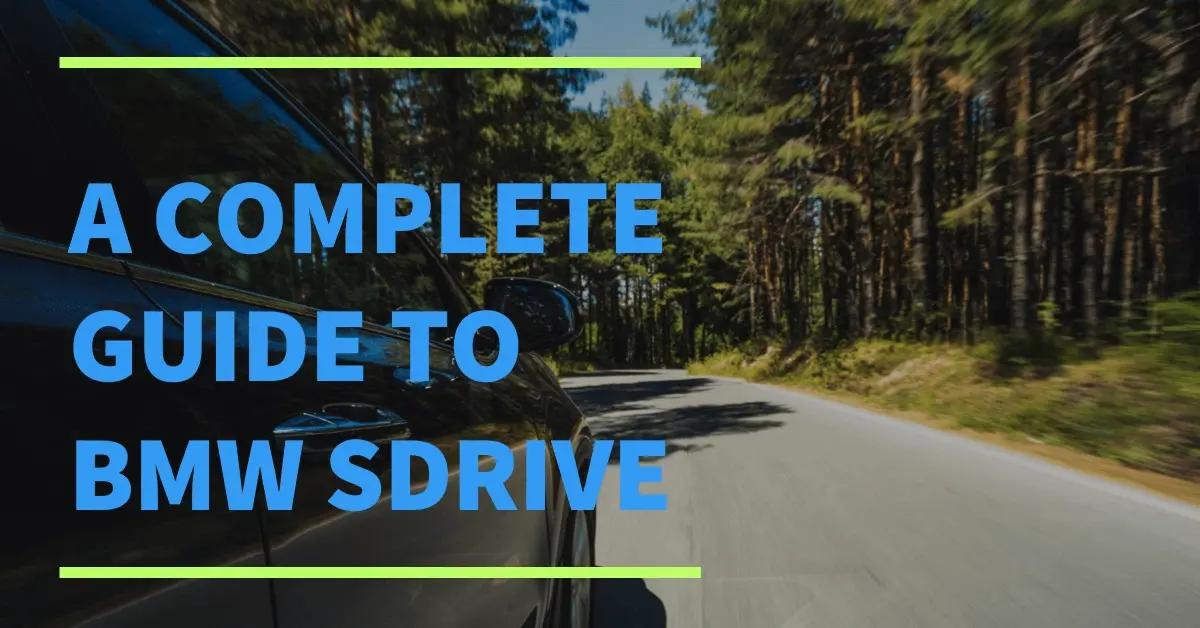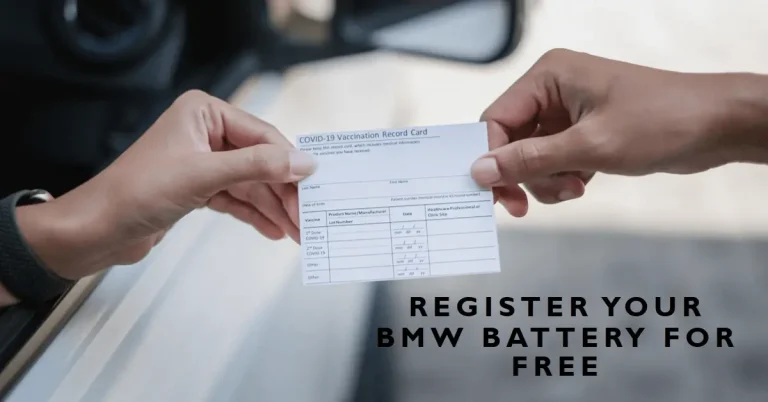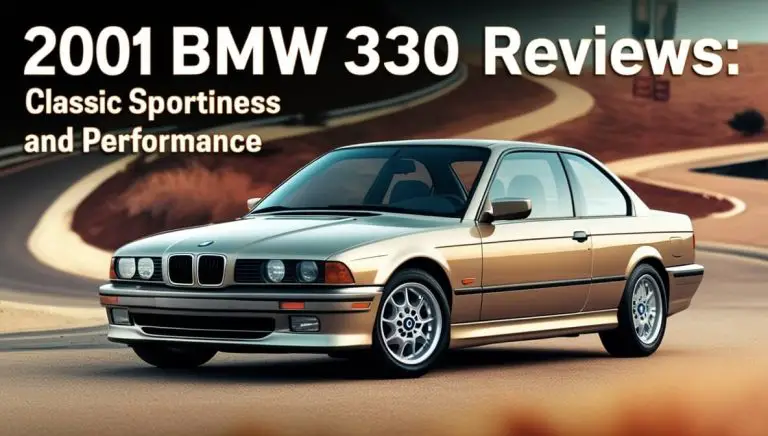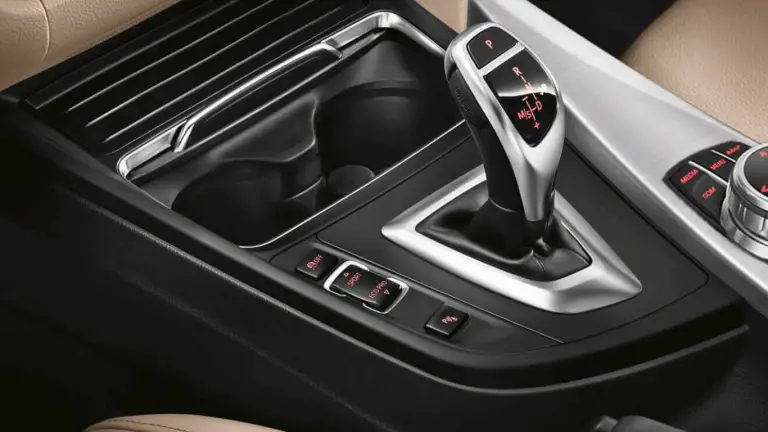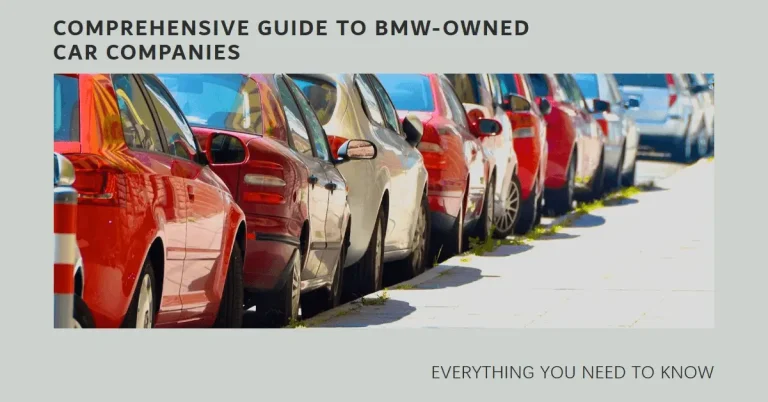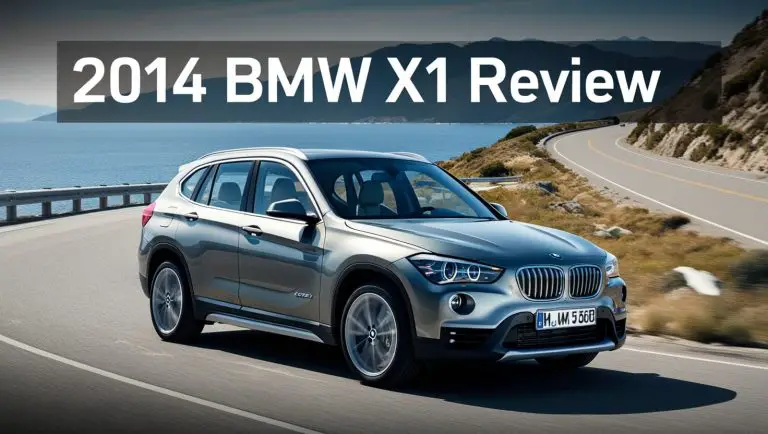What is BMW sDrive? A Complete Guide
If you’re looking into buying a new BMW, you’ve probably come across models listed as having either “sDrive” or “xDrive”. But what exactly is BMW sDrive and how does it differ from xDrive?
In this complete guide, we’ll explain everything you need to know about BMW’s sDrive two-wheel drive system. We’ll cover:
- What is sDrive and how it works
- sDrive vs xDrive differences
- sDrive model availability
- The pros and cons of sDrive
- When sDrive is the best option
Let’s get started!
What is BMW sDrive?
BMW sDrive is the name for the German automaker’s two-wheel drive system. sDrive models distribute engine power to just one axle, either the front or rear wheels depending on the specific model.
The key characteristics of BMW sDrive include:
- Rear-wheel drive – Most sDrive vehicles are rear-wheel drive, meaning power goes to the rear wheels. The exceptions are the BMW 1 Series and X2 which have front-wheel drive sDrive systems.
- Torque vectoring technology – sDrive utilizes an advanced torque vectoring system. This electronically controls power distribution between the two driven wheels for optimized handling and traction.
- Purpose-built for sport utility vehicles – BMW designed sDrive specifically for its SUVs like the X3 and X5. The system is tuned to provide agile and responsive performance.
So in short, sDrive is BMW’s brand name for a two-wheel drive platform focused on delivering a sporty, dynamic driving experience. It’s not your average non-branded 2WD system.
How Does sDrive Work?
Now that we’ve defined BMW sDrive, let’s take a closer look at how this two-wheel drive system actually works.
As mentioned, most BMW sDrive models utilize a rear-wheel drive layout. This means that the engine’s power is distributed to only the rear wheels to propel the vehicle.
The alternative front-wheel drive sDrive system in the 1 Series and X2 works oppositely. Power goes solely to the front wheels.
In either case, the advanced torque vectoring technology is what sets sDrive apart from a basic two-wheel drive setup.
Torque vectoring has the ability to vary the torque sent to each individual wheel. If the system detects loss of traction at one wheel, it can direct more torque to the other to regain control. This active distribution of torque between the two driven wheels allows sDrive to optimize handling and grip.
For example, when cornering, sDrive can send more torque to the outside wheel to sharpen turn-in and reduce understeer. The technology essentially mimics some of the benefits of all-wheel drive but while only powering two wheels.
sDrive vs xDrive: Key Differences
sDrive is one of two BMW drivetrain offerings, the other being xDrive all-wheel drive. What are the main differences between rear-wheel drive sDrive vs xDrive BMW models?
The most obvious difference is that sDrive is rear-wheel drive while xDrive is all-wheel drive. xDrive can dynamically distribute torque between all four wheels rather than just two.
Other key differences include:
- Fuel efficiency – sDrive is typically more fuel efficient since only two wheels are being powered. xDrive needs to drive four wheels so it uses slightly more fuel.
- Traction and acceleration – xDrive’s all-wheel drive traction allows better acceleration and grip in all conditions. sDrive can sometimes struggle for grip when pushed hard.
- Cost – sDrive models are usually less expensive than the xDrive versions since AWD has extra components.
So in summary, sDrive prioritizes fuel efficiency and value while xDrive emphasizes all-weather traction and performance. Choose the one that best aligns with your priorities.
BMW sDrive Model Availability
Nearly all BMW model lines offer sDrive versions, though availability varies. Here are some of the main BMW models you can get with sDrive:
- 1 Series – Standard front-wheel drive sDrive
- 2 Series – Optional rear-wheel drive sDrive
- 3 Series – Optional rear-wheel drive sDrive
- 4 Series – Optional rear-wheel drive sDrive
- 5 Series – Optional rear-wheel drive sDrive
- 7 Series – Standard rear-wheel drive sDrive
- X1 – Standard front-wheel drive sDrive
- X2 – Standard front-wheel drive sDrive
- X3 – Standard rear-wheel drive sDrive
- X5 – Standard rear-wheel drive sDrive
- X6 – Optional rear-wheel drive sDrive
- Z4 – Standard rear-wheel drive sDrive
As you can see, sDrive spans BMW’s sedan, coupe, convertible, and SUV lineups. The option for two-wheel drive provides a more affordable entry point into many model ranges while still delivering BMW’s acclaimed driving dynamics.
The Benefits of BMW sDrive
We’ve covered what BMW sDrive is, so now let’s highlight some of the unique benefits this rear-wheel drive system offers:
Increased Fuel Efficiency
One of the biggest advantages of sDrive is increased fuel efficiency compared to all-wheel drive xDrive models. With power going to just two wheels, there is lower drivetrain friction and reduced weight. This means better mileage ratings from the same engine. Going sDrive can save you money at the pump.
More Sporty Driving Dynamics
Rear-wheel drive has always been associated with sporty driving dynamics. By keeping power at the rear, sDrive models retain that classic BMW handling balance. The torque vectoring technology further improves cornering precision. sDrive is ideal for the enthusiast driver.
Lower Cost
Given that sDrive doesn’t require the full-time all-wheel drive components of xDrive, sDrive models carry a lower purchasing price. You still get BMW’s renowned engineering and performance, but at a more accessible price point.
For buyers who value fuel efficiency, athletic handling, and value, sDrive offers some compelling benefits.
When is sDrive the Right Choice?
BMW sDrive best suits certain types of drivers and use cases:
Fuel Economy is Your Priority
If maximizing miles per gallon matters most, sDrive is likely the way to go. You’ll sacrifice some foul weather traction, but the fuel savings may be worthwhile. sDrive30i versions typically offer noticeably better EPA ratings than equivalent xDrive models.
You Want a Sporty Driving Experience
Rear-wheel drive purists will feel right at home with sDrive, especially when equipped on BMW coupes and sedans like the 4 Series or 3 Series. The rear power bias contributes to that quintessential BMW steering precision and feedback. Torque vectoring further improves cornering grip.
You Don’t Need All-Weather Capability
Because it’s rear-wheel drive, sDrive is best suited to regions with milder climates that see little snow. In areas like the northern Midwest with frequent winter snowstorms, xDrive is generally the safer bet. sDrive can still handle light snow, but heavy snow or ice conditions will overwhelm it.
You Want a More Affordable BMW
sDrive variants are the most affordable way into many BMW model lines. You can save thousands over an equivalent xDrive model. For buyers on a budget, sDrive offers a chance to enjoy the BMW driving experience at a more accessible price point.
Conclusion
Now that you know what BMW sDrive is all about, you can decide if it’s the right match for your needs. The two-wheel drive system prioritizes fuel efficiency, nimble handling, and value. While xDrive offers all-weather traction, sDrive delivers sport sedan and SUV driving pleasure at its finest.
Which will you choose – the precision and efficiency of sDrive or the grip and control of xDrive? Take both for a test drive to experience the difference yourself. Either way, you can confidently take the wheel of an amazing BMW.

